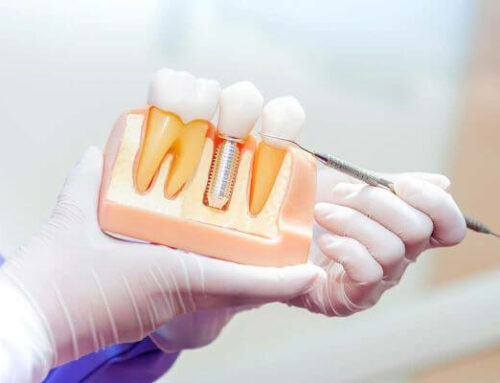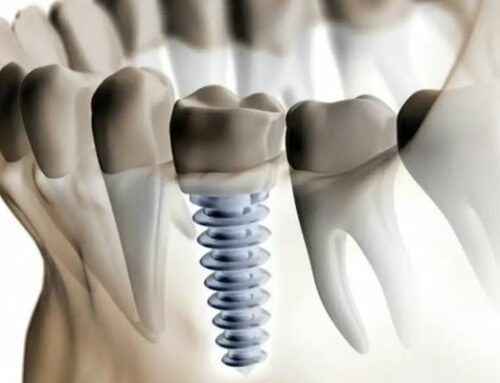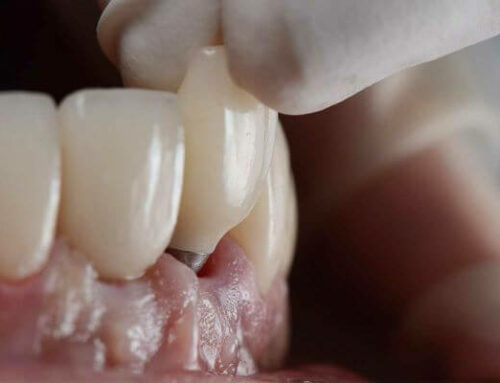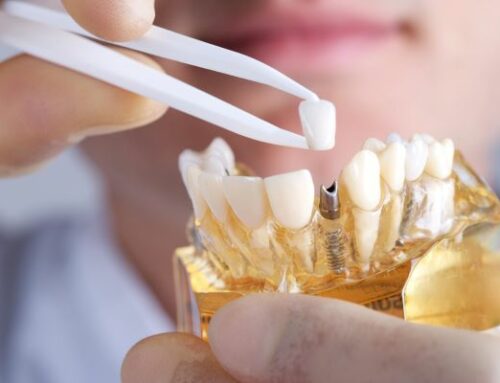There can be a thousand questions you have about dental implants, no matter whether you are familiar with dental procedures or not. That’s why we want to give you peace of mind and provide you with all the information you need to know which type of dental implant is best for your situation so your oral health ends with a healthy mouth.
Different classes of dental implants and different macro classes are available for dental restorations. Depending on how many teeth are missing (single or multiple implants) or the type of denture used (crown, bridge, or denture), implants can be classified. Also, there are different types of dental implants depending on where the implant is placed (in the mandible, cheekbone, or between the gums and the mandible) or according to the There are several types of surgery, for example, immediate loading dental implants, mini implants, all-on-4, 3-on-6, etc.
Are you confused, scratching your head, and wanting to leave this page? No! We’ll make it easy for you, and by the end of this article, you’ll not only understand it but become an expert on the types of dental implants. You can use this knowledge for your own programs or to impress people. your choice!
1. Types of implantation methods
When it comes to types of dental implants, we need to admit that this is not an easy thing to understand. They are complex programs with many classes and types. It is important to understand dental implants, and we have promised you a complete guide to them. For this reason, we have not only tried to create a complete guide for each implant type in one article. We have also subcategorized all of these types to make them more understandable and try to establish order within areas that are often difficult for patients to understand.
So let’s first break down the types of dental implants into the following categories:
- Types of Dental Implants by Number of Missing Teeth
- Different types of dentures
- Types of Dental Implants by Location
- Types of Dental Implants by Procedure
- Dental implants: different types of materials
- Type of Connector or Abutment
- Dental implants are available in different sizes
So, let’s start this journey.
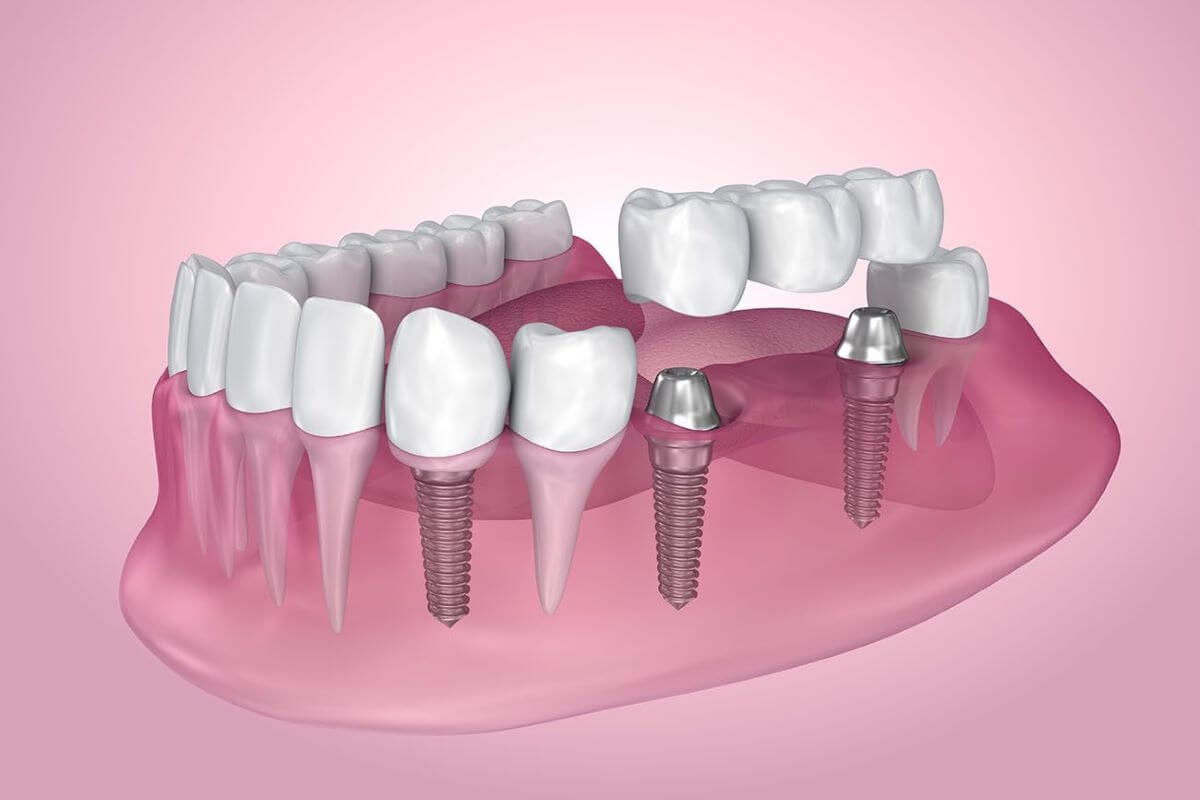
1) Types of dental implants according to the number of missing teeth
Let’s start with the simplest difference. How many teeth are you missing? one? more than one? This is a fairly simple distinction that does not require extensive medical or scientific knowledge. However, it is important for you to know where dental implant types start.
If you are missing one tooth, you will need a single tooth implant, and if you are missing more teeth (starting with two), you will need multiple tooth implants. Logical, no?
Let’s discuss it in more detail.
2) Single implant
For patients missing one or several teeth, single-tooth implants are the most commonly used and recommended option. It replaces missing teeth one at a time, rather than a set of, say, four dental implants. This procedure uses dental crowns – first temporary, not permanent. It’s perfect for people who don’t like bridges or missing non-adjacent teeth. Plus, it’s perfect for people who are missing only one tooth.
3) Multiple implants
Multiple implants are one of the types of dental implants you may prefer when you have more than one missing tooth causing a large gap. Often, it is a replacement for full mouth replacements and dentures. When you’re missing more than two teeth, your body starts sending calcium elsewhere, which can lead to jawbone deterioration. This creates an anesthesia effect, like sinking in. This is where multiple implants come in handy. Your body receives calcium and minerals through a titanium implant that keeps your bones and face healthy.
It’s also the perfect solution if you have problems with speech, chewing, and everyday life.
2. Dental Implant Company
Here are three dental implant companies that most dental offices use:
1) Bego
Bego is a German company that makes implants. They are popular for offering safety and durability due to their biocompatible composition. The bottom of the implant is also considered the most integral part of the implant and is made of high-quality titanium.
This material is by far the best biocompatible material for implants without causing any adverse reactions. Always remember that the most important part of the implantation process is its secure integration with the human bone. We offer materials and brands that are considered the safest and fastest to bond to the bone. Contact one of our representatives today for more information.
2) Universal
Another popular implant variant is offered by a Korean company called Megagen. Choosing this brand will be a practical choice as it not only offers safety and durability but is also cost-effective. Megagen’s implants provide an SLA surface that promotes a faster, healthier bone-implant osseointegration process.
Implant success depends on a healthy osseointegration process. In addition, the implant contains a nanolayer of calcium-activating ions, again aimed at enhancing the osseointegration process. Contact one of our representatives today for more information.
3) Straumann
Straumann, a Swiss company known as a pioneer in implant technology, started producing products for dental restorations in 1954. These implants are slightly more expensive because they are assembled and produced in the US and Europe.
However, when it comes to quality, these implants are unmatched as they contain special properties that allow rapid bone-implant integration. As a result, healing after surgery was smooth and painless. Therefore, the price of this implant may be higher than other variants, but they are ideal for an easy and successful implant journey. Contact one of our representatives today for more information.
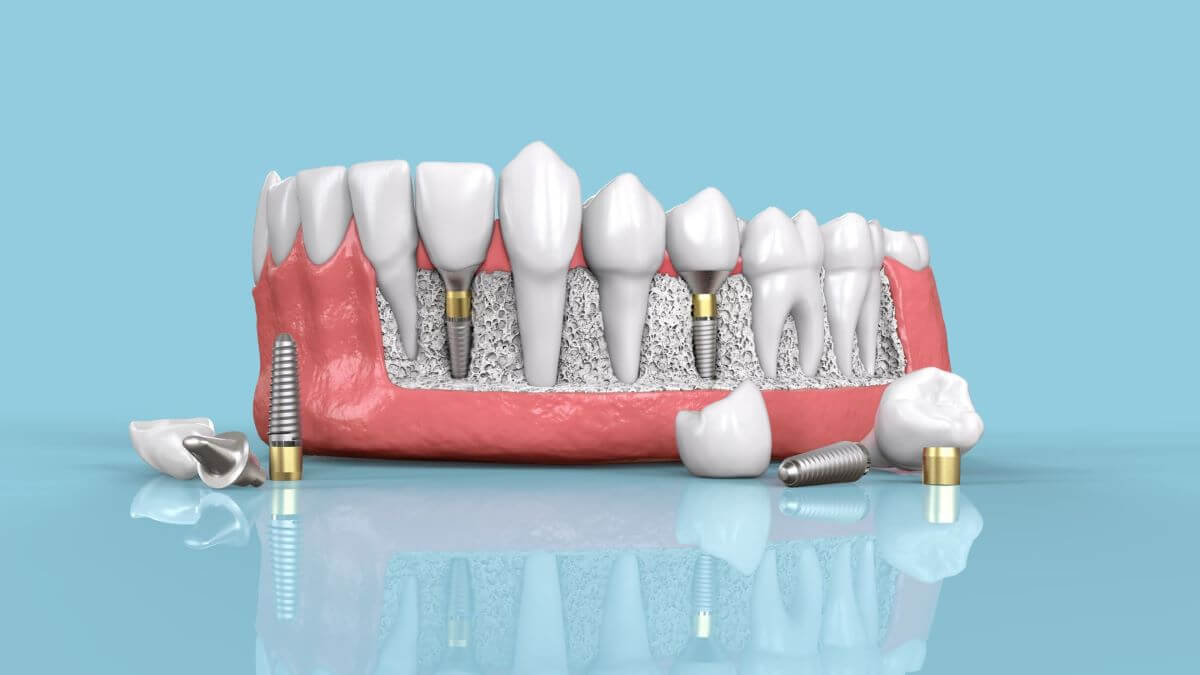
3. According to different types of dentures
To fully understand the types of dental implants, we need to clarify one important thing first. Dental implants are simply the parts that go into the gums and bone and act as the root of the tooth. Dentures, which are external parts that simulate teeth, must always be used with dental implants. So let’s start here, the type of dental implant is based on the type of denture it is connected to. There are three types of dentures that connect to implants. all these are:
- Crowned implants: Dental implants with crowns are usually the best option when a single tooth is missing or when multiple teeth are missing but not close together. A separate permanent crown is perfect when there are teeth or parts of teeth that can be bonded. If a tooth is missing, dental implants act as a bond and connection between the bone and the crown.
- Dental Implants with Bridges: Bridge implants are recommended for people who are missing two or more teeth in a row. If several teeth, including the roots, are missing next to each other, a bridge may be an option. Dental implants are accessed internally from both sides, in extreme cases. A bridge simulating the missing tooth remains attached to the implant. If at least 3 teeth are missing, you are a candidate.
- Implant-Supported Dentures: Dental implants with dentures are for people who lack a full or double arch. In this case, it does not make sense to use multiple bridges or multiple crowns side by side. This way, your dentures are permanently attached to your gums. You can also use these implants to install removable dentures. Dental implants are only used when all teeth in the upper and lower arches are missing. This type minimizes the pain, soreness, and loosening associated with traditional dentures. You don’t need to use fake toothpaste.
The choice between the three dental implant types and restorations varies depending on the patient’s condition and specific requirements.
4. Types of dental implants by location
Another way to classify the types of dental implants is by their location and by specifying where they are located. We mean where they insert or hook into the mouth or jaw structure.
In the jawbone, between the gums and jaw, or in the zygomatic arch (cheek), they are implanted. The three types of dental implants are:
- Intraosseous or intraosseous implant (in the jawbone)
- Subperiosteal implants (between the gums and the jawbone)
- Zygomatic implants (zygomatic arch)
Intraosseous or intraosseous implant (in the jawbone)
In intraosseous implants (also known as intraosseous implants), titanium or ceramic implants (such as cylinders, screws, or blades) function as the root of the tooth. These implants are surgically drilled into the jawbone below the gum. There is no direct connection between implants and prosthetics. There is an abutment connecting the two parts. According to the American Academy of Periodontology, these are the most commonly used and most performed types of dental implants. The process has two steps over a period of two to three months. If your natural bones are in good shape, this is possible if you have a healthy jaw with sufficient jaw density. One of the less invasive techniques is this one.
Subperiosteal implants (between the gums and the jawbone)
Subperiosteal implants are currently used infrequently. However, they are part of the types of dental implants that you should know about. These types of implants are placed below the gum, but on or above the jawbone. This procedure may be chosen when there is not enough natural bone or bone mass and the patient does not want to undergo bone augmentation. This may be right for you if you have insufficient bone density and insufficient bone height. The implant looks like a mental jawbone, which looks like a metal frame above the gums.
This type of dental implant is not often recommended. It’s time-consuming, and the success rate isn’t high enough compared to the time it takes. Bone-augmenting intraosseous implants are usually a better choice. As a last resort, this type is used.
Zygomatic implants (zygomatic arch)
They are named after a bone, the cheekbone. Zygomatic implants are the least common of you. This is because it is an extremely difficult process. This is because the patient does not have sufficient jawbone for endosteal implants and does not wish to undergo bone grafting.
Implants are placed in the cheeks, requiring a very invasive and expensive procedure. More specifically, zygomatic implants are anchored in the cheekbones, or “cheekbones.” The cheekbones, or cheekbones, are denser and provide a solid anchor for your implants. They also require longer implants than jawbone implants.
The zygomatic implants are inserted at an angle into the cheekbone. The density of the bone and the angle of the implant allows the dentist to install the denture in no time. This means you don’t have to wait for dental implants.
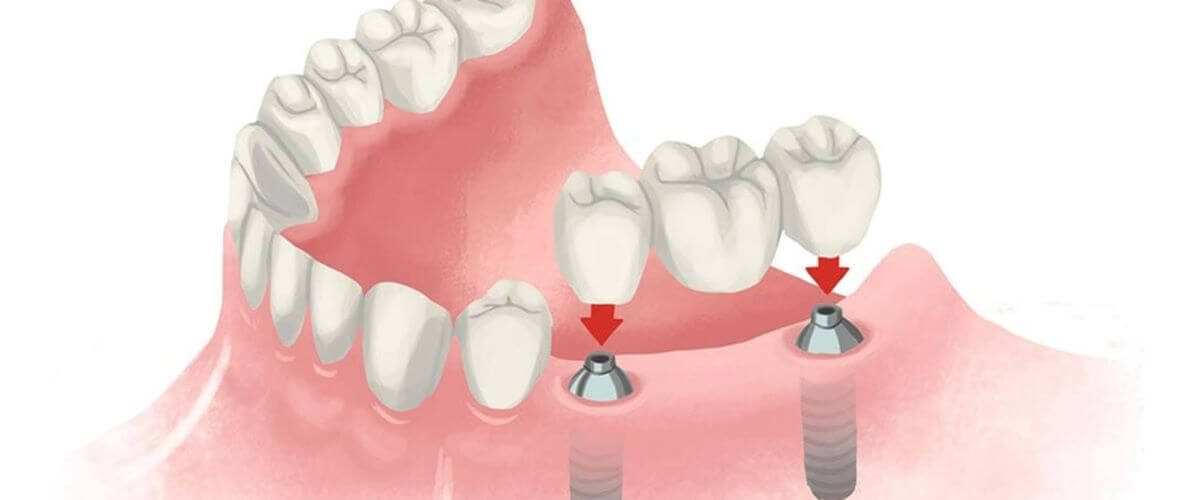
5. Dental implant type according to procedure
Another way to classify dental implants is to classify them by type of procedure (i.e. how they are applied). There is not only one application of dental implants but also many. This is because different patients have different needs, different circumstances, and different goals. It is important that dental implants are fully adapted to the environment and situation.
The main types of procedures outlining the types of dental implants are:
- Immediate loading dental implants (one a day)
- Two-Stage and Single-Stage Dental Implants
- mini implant
- All-on-4 implants
- 3 to 6 implants
Immediate Loading Dental Implants (Same Day or One Day Implants)
Immediate load-bearing dental implants, also known as one-day dental implants, are dental implants that can be mounted in only one day. Teeth are changed in one day, and dentures can be installed 48 hours after implants. This is mostly used on single teeth. Sometimes a temporary tooth is attached after 48 hours, while others are permanent. This means you won’t need months of recovery before undergoing a new procedure.
Two-Stage and Single-Stage Dental Implants
This type of dental implant refers to only two ways in which implants are made. Single-stage implants do not require the gums on top of the implant to be closed and then opened. It keeps the implant bare and exposed without the need for two stages of opening and closing.
mini implant
Microimplants are used in tight spaces and using invasive methods. Usually, they stabilize the lower denture from moving or floating. They are less than 3 millimeters in diameter — much smaller than ordinary dental implants — and use an integral screw with an end shaped like a ball. This part will support the replacement prosthesis.
All-on-4 Dental Implants
All-on-4 implants are suitable for people with more missing teeth, usually 4 to 6, 7, etc., or soon after. All-on-Four gives you the stability of your implants and the aesthetics of your bridges. This type of dental implant does not anchor the bridges to the surrounding teeth, but anchors them to the bone, making them more stable and long-lasting.
3 to 6 dental implants
Implants called 3 on 6 dental are made from three separate bridges connected to six dental implants (imagine six screws for a better idea, one bridge connected to two screws, one left to right). It uses a system similar to a normal dental bridge, but instead of attaching to the missing tooth, it attaches to an implant.
This type of implant is ideal for full mouth reconstruction as it allows for an even distribution of occlusal forces, perfectly recreating the natural function of the teeth. For example, you don’t want dentures, but you’re missing an entire tooth. This is the best alternative to dentures.
6. Different types of materials used in dental implants
When it comes to dental implants, there are two common types of materials used for components that are implanted inside the bone: titanium and zirconia.
- Titanium Implants: Titanium was the first material considered suitable for bone grafting, especially in the hip or knee. It has the ability to perfectly integrate with the bone and generate the calcification process, bone fusion with the implant. Titanium posts have also passed the test of time as a durable, successful and perfect choice for dental implants. It’s durable, yet lightweight. However, some people cannot use titanium implants due to allergies or immune system problems.
- Zirconia Implants: Zirconia sounds like a metal name, but it’s actually a type of crystal. It is metal-free and fairly new in the field of dental implants. Zirconia implants are made from a single piece – not three like titanium. This allows for shorter programs. In addition, zirconia is metal-free, making it suitable for patients with metal allergies. On the other hand, little is known about the durability of zirconia implants. Also, the procedure is more expensive compared to titanium.
7. What types of connectors or abutments are there?
When it comes to your implants, your dentist must consider your specific situation. This means that different types of abutments (also known as connectors) are also available to better suit your needs. There are currently three types of abutments or connectors. The types of connectors you should know about are:
- Internal Hex Connector: Stands for “Inner Hex Connector”, indicating the shape of the implant opening. The connector will screw into the implant — the part that goes into the bone — creating a screw-in-the-screw effect. The opening at the top is hexagonal, so there are six sides.
- External Hex Connector: Because the connector is hexagonal, it is called an “external hexagonal connector”. The connector is not screwed in but sits on top of the implant.
- Internal Octagonal Connector: Internal octagonal abutments work exactly the same as internal hexagonal abutments. Therefore, the abutment will be screwed inside the implant. In this case, the only difference is that the opening will have eight sides, which is why it gets its name, octagonal.
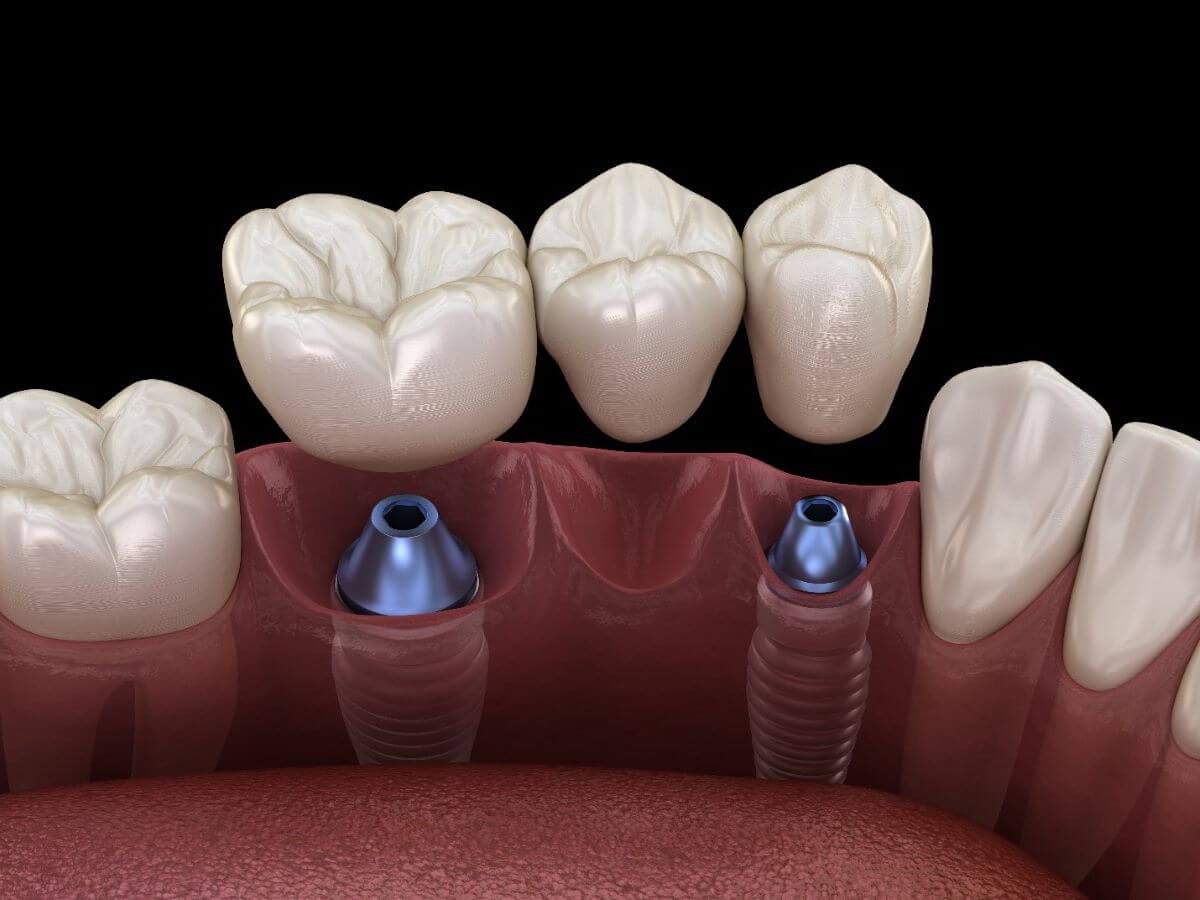
8. What sizes of implants are available?
Another way to customize dental implants to your needs is to choose the right size implant. There are three options for implant sizes:
- Standard Platform: Standard-size implants range in diameter from 3.4 mm to 4.2 mm. They are usually located at the front of the mouth. These are considered medium-sized implants.
- Wide platform: These types of implants are used for larger teeth in the back of the mouth. Their diameter averages between 4.5mm and 6mm.
- Mini or Narrow Body: This type is ideal for patients with small spaces between the roots. They are not candidates for wide platform standards. This type is also used for temporary implants.
